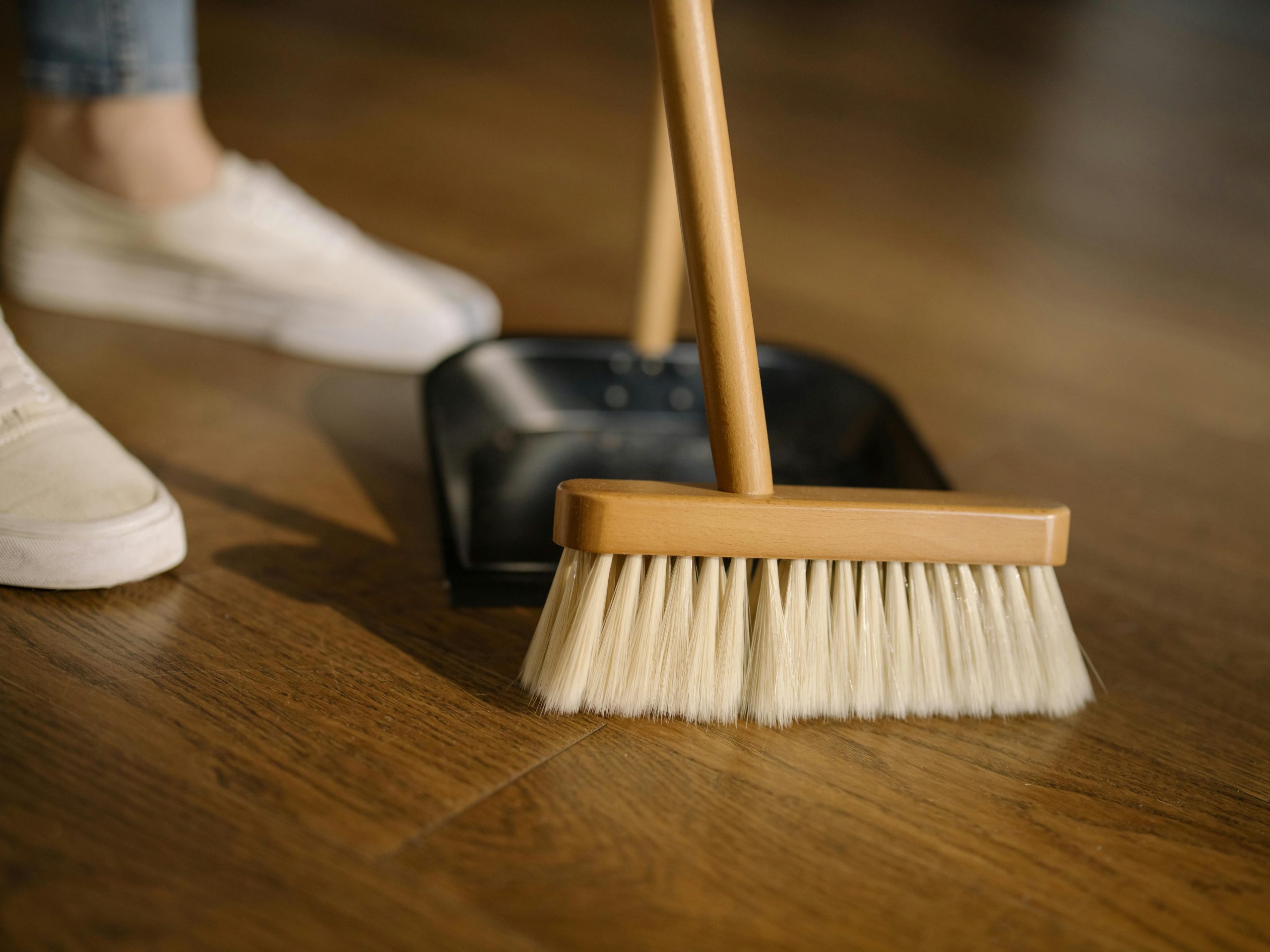- Holistic home wellness includes lifestyle, nutrition, and mental well-being, fostering an environment for physical health, mental clarity, and emotional balance.
- Selecting natural materials for furniture and construction, such as solid wood or bamboo, reduces toxins and enhances indoor air quality.
- To maintain a toxin-free environment, use natural fabrics, avoid plastic food containers, and use plant-based cleaning products.
- A healthy home environment necessitates continuous efforts to minimize indoor pollution and adopt regular cleaning and maintenance routines.
- Implementing smart material choices and healthy living practices creates a nurturing space, promoting the well-being of inhabitants.
In the hustle and bustle of daily life, our homes serve as sanctuaries of peace and comfort. Yet, many are unaware that the health of our living environment directly impacts our physical and mental well-being. With an increasing number of homeowners, health-conscious individuals, and eco-friendly enthusiasts striving for a healthier lifestyle, it’s imperative to focus on creating and maintaining a healthy home environment. This post will explore various aspects of ensuring your living space promotes health, vitality, and sustainability.
Optimizing Indoor Air Quality

Optimizing indoor air quality is fundamental to creating a healthy home environment. Thanks to common culprits like chemical cleaning agents, molds, and even indoor pets, the air within our homes can be significantly more polluted than in outdoor air. Poor indoor air quality can lead to many health issues, ranging from allergies and respiratory problems to more serious conditions. Fortunately, there are straightforward strategies to enhance the air we breathe at home, ensuring it supports our health rather than detracting from it.
Understanding Indoor Air Pollutants
Indoor air pollution is an invisible menace that often goes unnoticed until health issues arise. Common pollutants include volatile organic compounds (VOCs) from paints and furnishings, dust mites, mold spores, pollen, and pet dander. These contaminants can cause various health problems, from mild allergies to serious respiratory conditions.
Improving Ventilation
One simplest yet most effective way to combat indoor air pollution is by improving your home’s ventilation. Regularly opening windows, using exhaust fans in bathrooms and kitchens, and ensuring your HVAC system is adequately maintained can enhance air quality.
Using Air Purifiers
For added protection, consider investing in an air purifier. These devices work by filtering out air pollutants, helping reduce the risk of health issues. When selecting an air purifier, look for models with HEPA filters that effectively capture fine particles.
Keeping Your Home Clean and Hygienic

Maintaining a clean and hygienic home is paramount for aesthetic purposes, and the air quality within our living spaces must remain as unpolluted as possible. Regular cleaning helps in reducing the accumulation of dust mites, pet dander, and other allergens that can adversely affect our health. By adopting a diligent cleaning routine, we can significantly mitigate the levels of indoor pollutants, thus safeguarding our health and well-being.
Regular Cleaning Routines
Consistency is key when it comes to home cleanliness. Dust and vacuum regularly, focusing on high-traffic areas and surfaces where allergens accumulate. Opt for non-toxic cleaning products to reduce exposure to harsh chemicals.
Dealing with Moisture and Mold
Excess moisture can lead to mold growth, posing serious health risks. Use dehumidifiers in damp areas, fix leaks promptly, and ensure your home has adequate drainage. Regularly inspect your home for signs of mold and address any issues immediately.
Ensuring a Pest-Free Environment
Pests damage homes and can carry diseases. Rodents like mice and rats pose significant health risks and cause structural damage. They also carry diseases, contaminate food sources, and chew through wires, increasing the risk of electrical fires.
Maintain a clean kitchen, seal cracks and openings, and use natural deterrents to keep pests at bay. Also, implementing effective rodent control measures is crucial for maintaining a healthy living environment. This includes sealing entry points to prevent access, storing food securely, and keeping living areas clean and clutter-free. In cases of severe infestation, enlisting the help of professional pest control services may be necessary to ensure that the problem is thoroughly addressed.
Healthy Living Practices
The practices we adopt are pivotal in pursuing a healthier home environment. It goes beyond cleaning and organizing; it encompasses a holistic approach that includes lifestyle choices, nutritional habits, and mental well-being.
Fostering a space that supports physical health, mental clarity, and emotional balance requires mindful decisions and actions. From the air we breathe to the food we consume and our daily routines, every aspect of our lives creates a sanctuary that promotes overall well-being.
Smart Household Material Choices
The furniture, flooring, and construction materials can affect indoor air quality. Choose products made from natural materials, such as solid wood or bamboo, and opt for low-VOC paints and finishes.
Creating a Toxin-Free Environment
Many everyday household items contain toxins that can be harmful to our health. Reduce your chemical footprint by choosing natural fabrics, avoiding plastic containers, especially for food storage, and using plant-based cleaning products. Be mindful of the products you bring into your home, and strive for a toxin-free living space.
Conclusion
Maintaining a healthy home environment is an ongoing process that requires attention and care. By understanding the sources of indoor pollution, implementing regular cleaning routines, making smart material choices, and adopting healthy living practices, you can create a sanctuary that supports your well-being and that of your loved ones. Start today and take meaningful steps towards a healthier, happier home.

